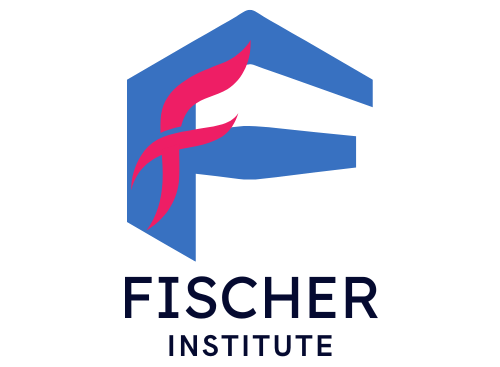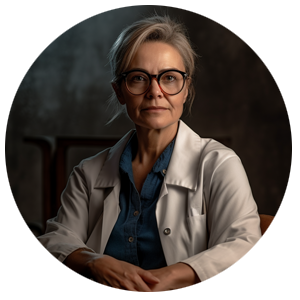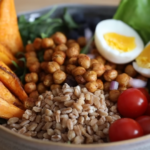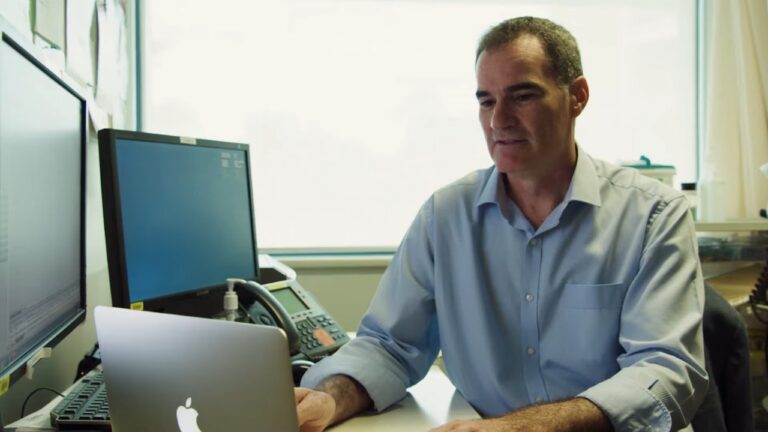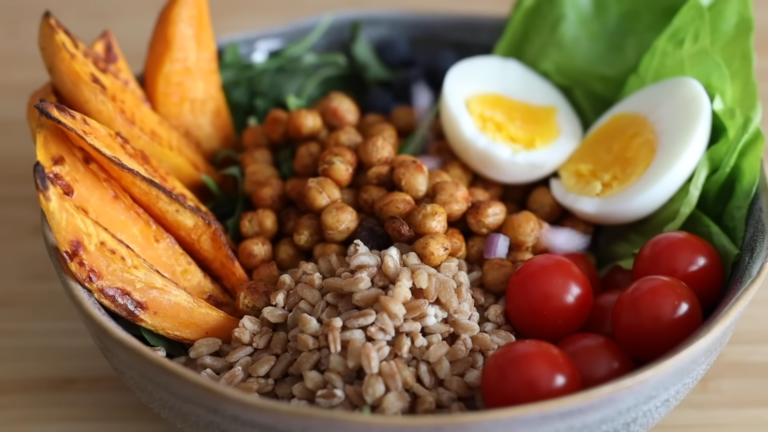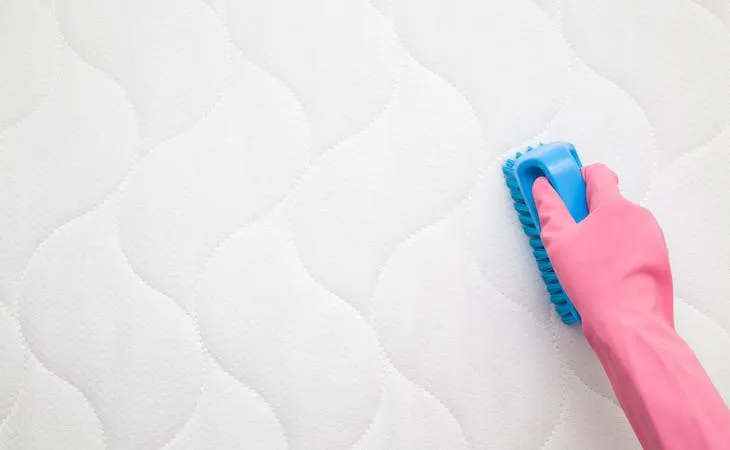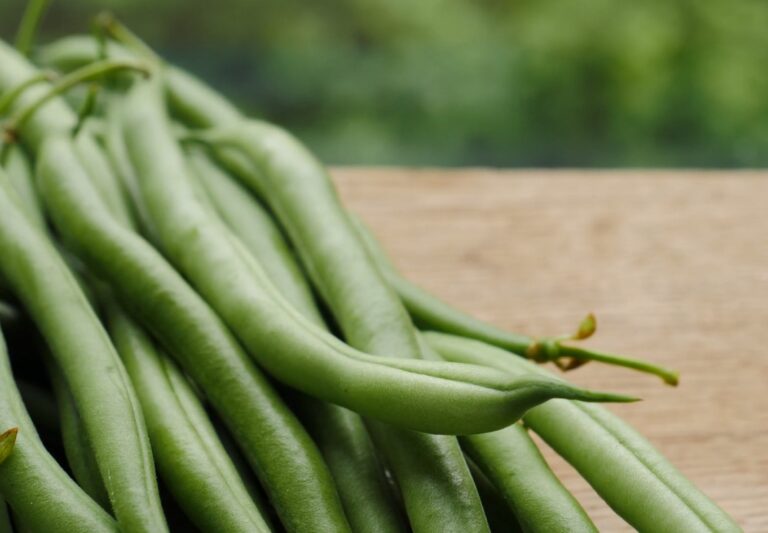It seems to me that chia seeds have gained such popularity that they’re practically celebrities in the health world. Packed with fiber, protein, and those fabulous Omega-3 fatty acids, they’re the A-listers of my pantry.
Therefore, the question that arises is how long can I keep them in my pantry? Can they go bad? I’ve tried all sorts of experiments to keep them happy and fresh. I’ve stored them in the pantry, the fridge, and even serenaded them with a song or two (don’t judge, it’s all in the name of science!).
So today, I’ll give you everything you need to know so that you can skip the singing.
Page Contents
- 1 Key Features:
- 2 Shelf Life:
- 3 Signs of Spoilage:
- 4 Rancidity in Chia Seeds:
- 5 Best Storage Practices:
- 6 Pantry vs. Refrigeration:
- 7 Extended Shelf Life Techniques:
- 8 Preparing the Seeds for Storage:
- 9 Chia Products and Expiration Dates:
- 10 Mold and Contamination:
- 11 Repurposing Expired Seeds:
- 12 FAQs:
- 12.1 What’s the difference between black and white chia seeds in terms of shelf life?
- 12.2 Can I use them after they’ve been frozen?
- 12.3 Does the size of the seed affect its shelf life?
- 12.4 Can you revive them if they’ve dried out?
- 12.5 Does the nutritional content differ when they’re raw vs. when they’re soaked?
- 13 Conclusion:
Key Features:
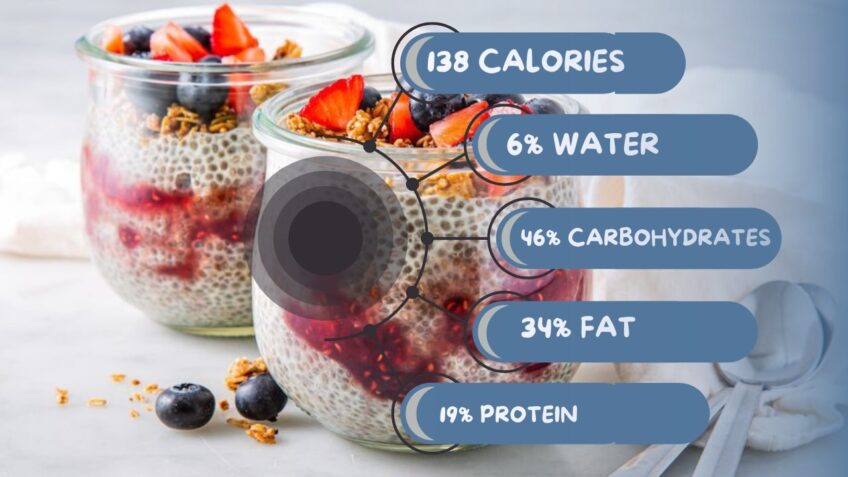
Chia seeds originate from a plant named Salvia Hispanica, native to Mexico and Guatemala. They’re cherished for their wealth of nutrition, dietary fiber, high-quality protein, and a good balance of essential amino acids.
They also boast a high quantity of antioxidants that help fight oxidative stress in your body. Beyond their nutritional value, chia seeds are celebrated for their culinary versatility. They can be sprinkled on top of salads, added to smoothies, or soaked to create a jelly-like substance, the famous ‘chia pudding‘.
They are also used as a binding agent in vegan cooking, serving as a substitute for eggs. Despite their microscopic size, these seeds possess a robust profile of minerals like calcium, magnesium, and phosphorus. Given these health benefits and diverse uses, it’s understandable that we’d want to keep them as fresh as possible for as long as possible, especially if we are using them in our kids’ meals to ensure they receive the best nutritional value.
Shelf Life:
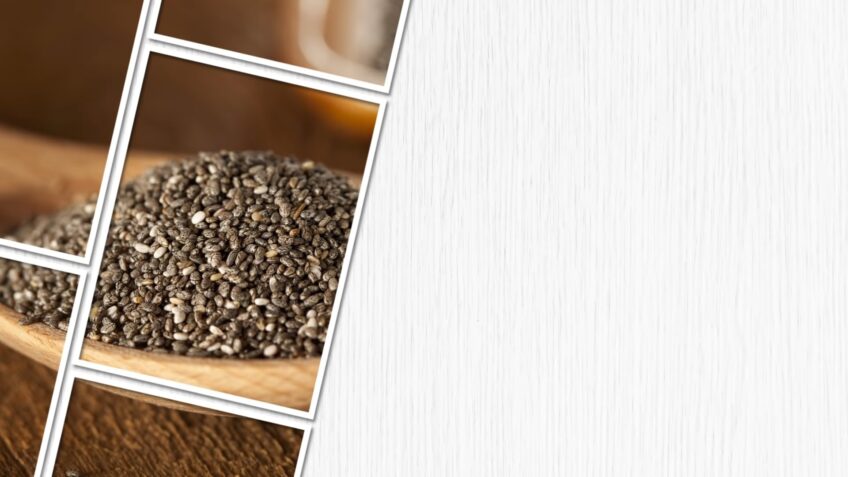
Chia seeds have a relatively long shelf life compared to other edible seeds. If stored properly, they can stay fresh for around two years. However, it’s important to remember that this duration is influenced by a variety of factors, including their’ quality and the storage conditions.
Storage conditions can significantly impact their longevity. For instance, the ones that are stored in a cool, dark, and dry place will last much longer than those kept in a warm, damp environment. The key is to prevent exposure to heat, moisture, and air, which can all accelerate spoilage.
Even though these have a long shelf life, it doesn’t mean they’re immune to going bad. Like any other food, their quality will degrade over time, more so if they’re not stored correctly.
Signs of Spoilage:

Chia seeds are generally pretty hardy, but there are a few signs to look out for that suggest they may have gone bad. One of the most apparent indicators is a change in their smell. Fresh chia seeds have a mild, nutty aroma, but if they’ve gone off, they might emit a sharp, bitter, or sour smell.
Next, the taste test. If they taste bitter or off, it’s probably best to throw them out. While it might be hard to detect subtle changes in flavor, your taste buds are reliable indicators when it comes to identifying spoilage. Lastly, look for changes in appearance.
Fresh chia seeds are either black or white and should have a glossy sheen. If they appear dull or have a noticeable change in color, this could be a sign they’ve gone bad.
Rancidity in Chia Seeds:
Rancidity refers to the process where the fats in food, such as chia seeds, degrade due to exposure to air, light, and heat. When they turn rancid, they not only taste and smell unpleasant, but they can also lose their nutritional benefits.
Rancid seeds may not necessarily pose an immediate health risk if consumed, but they’re not ideal for your health. The rancidity process can lead to the creation of free radicals, potentially harmful molecules that can lead to oxidative stress and inflammation in the body.
While it’s challenging to visually identify rancid chia seeds, your nose and taste buds are your best tools here. As previously mentioned, a change in smell or taste can be a clear indicator of rancidity.
Best Storage Practices:
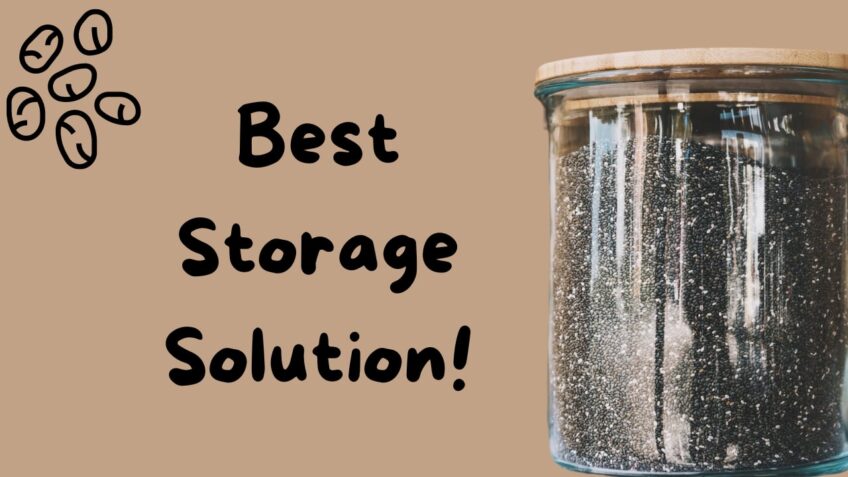
To maximize chia seeds’ shelf life, there are a few storage methods you can employ. First, always store them in an airtight container. This helps prevent exposure to air and moisture, both of which can speed up the degradation process.
Keeping them in a cool, dark place is also critical. The back of a pantry or a cupboard away from the stove or dishwasher—appliances that emit heat—is usually a safe bet. Remember, exposure to light and heat can hasten the spoilage process.
Lastly, if your home tends to be humid or warm, consider storing them in the refrigerator. The cool temperature can help prolong their freshness and prevent the onset of rancidity.
Pantry vs. Refrigeration:
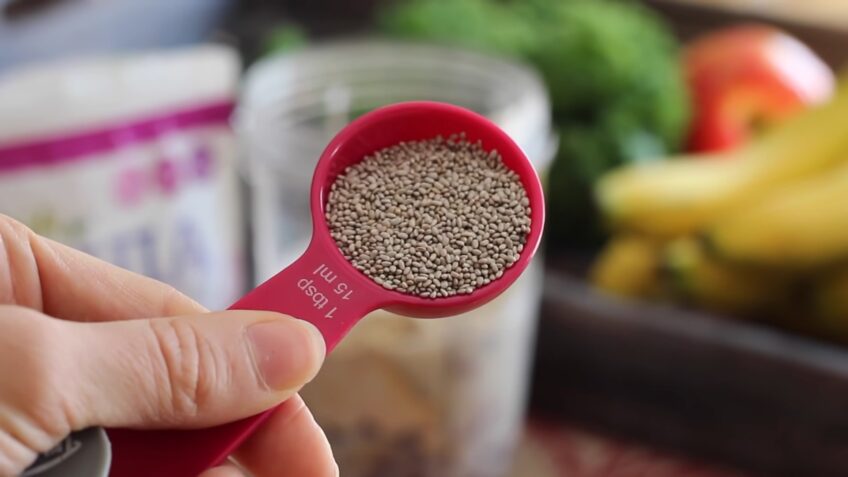
While chia seeds can be stored in the pantry, they’ll likely stay fresh for longer if stored in the refrigerator, particularly in warm or humid climates. However, it’s important to note that refrigeration isn’t necessary for everyone. For those in cooler, drier climates, a pantry might do just fine.
Storing them in the pantry is more convenient for daily use. You don’t have to worry about condensation when taking them in and out of the refrigerator. But remember, if they’re in the pantry, ensure they’re kept in a dark, cool, and dry place.
Deciding between pantry and refrigeration boils down to your usage frequency, climate, and personal preference. Assess your specific needs and choose the storage method that best maintains the quality of your chia seeds.
Extended Shelf Life Techniques:
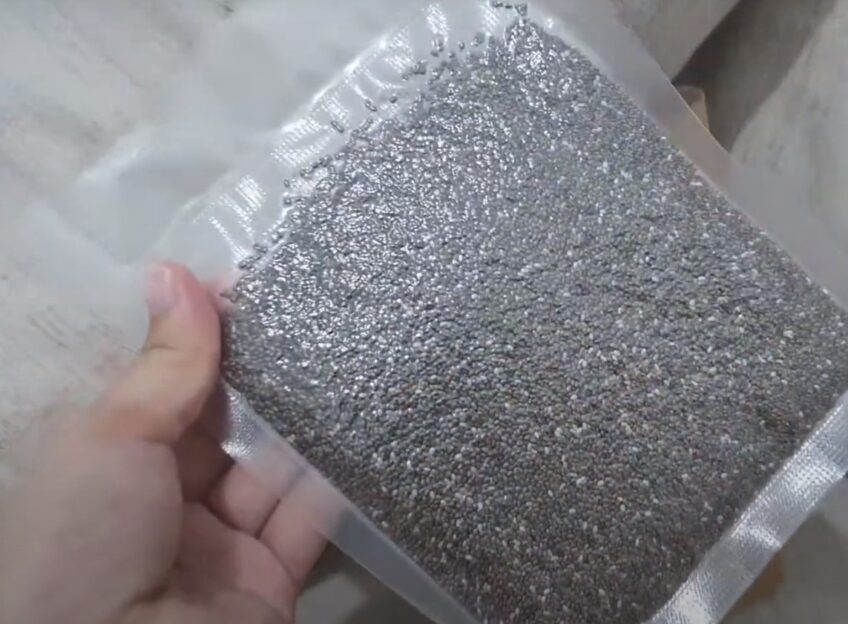
If you’re not a frequent user of these seeds, or you’ve bought them in bulk and want to store them for an extended period, you might consider vacuum sealing and freezing. This method removes air from the storage bag, further reducing the risk of oxidation and extending the shelf life.
When freezing them, it’s crucial to ensure they’re completely dry. Any moisture can lead to freezer burn or clumping. A handy tip is to freeze them in small portions, so you only thaw what you need, reducing the freeze-thaw cycles.
Remember to use airtight, freezer-safe containers or bags for freezing. Vacuum sealing before freezing offers the best protection against air exposure and potential freezer burn.
Preparing the Seeds for Storage:
Before storing chia seeds, it’s important to ensure they’re clean and dry. Usually, the ones bought from stores are ready for storage, but if you’ve harvested them yourself, you might need to clean them to remove dirt and plant debris.
Excess moisture is a surefire way to invite mold growth, so drying the seeds thoroughly before storage is crucial. You can spread them on a baking sheet and leave them to air-dry in a cool, dark place. Once they’re completely dry, transfer them to an airtight container for storage.
Lastly, remember to keep your storage container clean. Any residues could introduce moisture or contaminants that can spoil the chia seeds.
Chia Products and Expiration Dates:
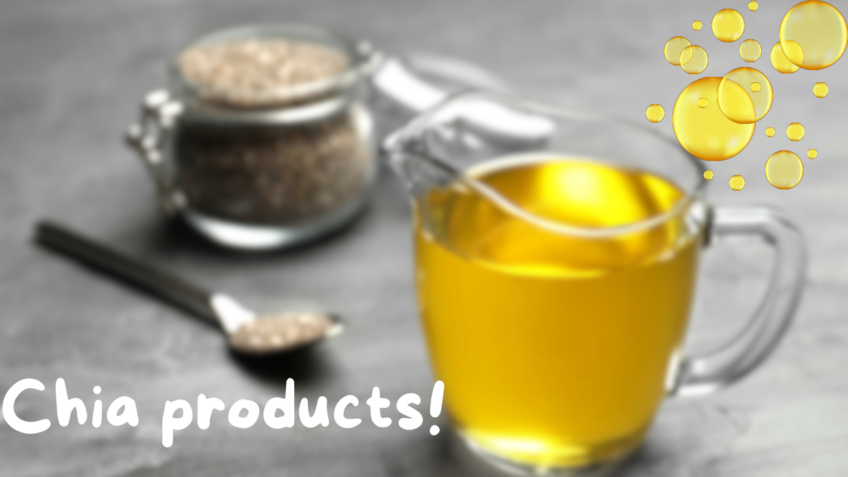
While raw seeds have a long shelf life, chia-based products might not. These products often contain additional ingredients, and their shelf life could be determined by the ingredient with the shortest lifespan. Always check the expiration date on these products and store them as directed on the packaging.
Chia oil, for example, has a much shorter shelf life and requires refrigeration. Similarly, chia-based drinks and snacks have varying shelf lives, typically shorter than raw seeds. The expiration date is the manufacturer’s estimate of how long the product will retain its peak quality.
While many products can be safely consumed past this date, if you notice any signs of spoilage—such as an off smell, taste, or appearance—discard the product.
Mold and Contamination:
While chia seeds are not prone to mold, improper storage conditions can lead to mold growth. This is more likely if they are exposed to moisture, heat, and light. Moldy seeds should not be consumed, as they can contain mycotoxins—compounds produced by mold that can be harmful if ingested.
If they have a fuzzy appearance, discoloration, or an off smell, they’re likely moldy and should be discarded. To prevent mold and ensure the safety of your food, follow the storage tips outlined in this article. Always keep your seeds dry, cool, and out of direct light.
Repurposing Expired Seeds:

While it’s not advisable to eat spoiled or rancid chia seeds, there are ways to repurpose them instead of simply throwing them out. One such method is composting. Chia seeds can be a great addition to your compost pile, providing beneficial nutrients to your soil.
You can also use spoiled seeds as a thickener in craft projects like homemade paint or as a binding agent in paper mache. However, remember that if they are moldy, it’s best to discard them completely to avoid spreading mold spores in your environment.
Upcycling expired seeds can help reduce waste, but always prioritize safety. If in doubt, it’s better to err on the side of caution and discard spoiled food.
FAQs:
What’s the difference between black and white chia seeds in terms of shelf life?
There’s no significant difference in shelf life. Both types should be stored properly to maximize their shelf life.
Can I use them after they’ve been frozen?
Yes, chia seeds can be used after being frozen. Thaw only the amount you need at a time.
Does the size of the seed affect its shelf life?
The size does not significantly affect their shelf life. Both small and large seeds have a similar shelf life if stored properly.
Can you revive them if they’ve dried out?
Chia seeds are naturally dry and should be stored as such. There’s no need to “revive” dried chia seeds. If you’re using them in a recipe, they can be rehydrated by soaking in liquid.
Does the nutritional content differ when they’re raw vs. when they’re soaked?
Soaking chia seeds doesn’t significantly change their nutritional content, but it does make them easier to digest. Soaked chia seeds can also be used in different types of recipes compared to dry seeds.
Conclusion:
So, can chia seeds go bad? Yes, they can, but with the proper storage techniques, you can keep them fresh for up to two years or even longer if vacuum-sealed and frozen. Remember to trust your senses and when in doubt, throw it out.
With the insights from this article, you are now equipped to enjoy the benefits of this nutrient-packed seed while ensuring its optimal freshness and quality. As we’re all enjoying the summer season, it’s the perfect time for you to try and make a chia pudding with some berries and enjoy a healthy and refreshing treat!
Dr. Sophia Harrison, an authoritative voice in the field of medicine, is not only the founder of the illustrious Fischer Institute but also its main content curator, bringing a treasure trove of knowledge and expertise to her readers daily.
Also Read:
- Can You Freeze Liver - Long-Term Storage and Convenience
- Can You Freeze Rotel Cheese Dip - Best Storage Methods
- Why Overthinking is Bad for Your Health? - Insomnia,…
- Side Effects of Testosterone Boosters - What They…
- Power of Chia Seeds: A Superfood for Your Brain,…
- Chia Seeds for Babies and Children: A Superfood or…
